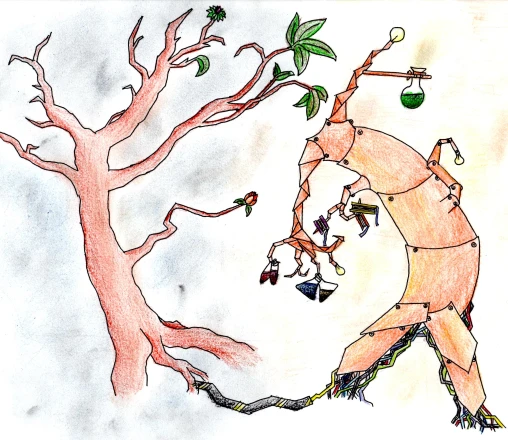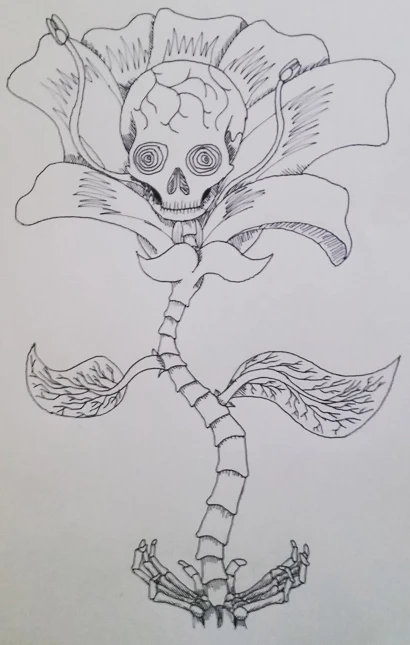Art vs. Science?
A fellow science student once drunkenly said that “I am a biologist…I don’t understand art.” Although somewhat bemusing (both in and out of context), it raises a particular philosophical idea that I can’t agree with: that art and science directly contradict one another.
It’s a somewhat clichéd paradigm that art and science must work at odds with one another. The idea that art embraces emotion, creativity and abstract perception whilst science is solely dictated by rationality, methodology and universal statistics is one that still seems to be somewhat pervasive throughout society and culture. While there seems to be a more recent shift against this, with both ends of the spectrum acknowledging the importance of the other in their respective fields, the intersection of art and science has a long and productive history.

Typically, the disjunction from the emotional and evocative state of people with science is through how the science is written. In many formats (particularly for the most widely used scientific journals), artistic and emotional writing is seen to detract from the overall message and objectivity of the piece itself. And while appeal to emotion can certainly take away from or mislead the message of the writing, it’s important to connect and attract readers to the work in the first place. Trying to find a possible avenue to work in personal style and artistry into an academic paper is an incredibly difficult affair. This is a large contributor to the merit of non-journalistic forms of scientific communication such as books, poetry and even blogs (this was one motivator in starting this blog, in fact).
It might come as a surprise to readers that I love art quite a lot, especially given the (lack of) quality of the drawings in this blog. But I’ve always tried to flex my creative side and particular when I was a younger was a more avid writer and sketcher. And that truth of the matter is that I don’t feel that the artistic side of a person has to be at odds with their scientific side. In fact, the two directly complement each other by linking our rational, objective understanding of the world with the emotional, expressive and ideological aspects of the human personality.

The art of science
From one angle, science is actively driven by creativity, ambition and often abstract ideation. The desire to delve deep to find new knowledge is intrinsically an emotional and philosophical process and to pretend that science is devoid of passion discredits both the research and the researcher. Entire disciplines of biology, for example, find themselves driven by science and people with deep emotional connections to the natural world and a desire to both understand and protect the diversity of life. The works of John Gould in his explorations of the Australian biota remain some of my favourites for both scientific and artistic merit.
The science of art
From the other direction, science can also inform artistic works by expanding the human knowledge and experience with which to draw inspiration from. Naturally, this is an intrinsic part of genres such as science fiction, but many works of horror, abstraction, fantasy, thriller also draw on theories and revolutions brought about by scientific discovery. The further we understand the processes of the universe through scientific discovery, the greater the context and extent of our philosophical and emotional perspectives can be allowed to vary.

Unity
Gone are the days of dichotomy between 18-19th Century Impressionism and Enlightenment. Instead, the unity of science and art in the modern world can have significant positive contributions to both fields. Although there are still some elements of resistance between the two avenues, it is my belief that by allowing the intrinsically emotional nature of science to be expressed (albeit moderated by reason and logic) will allow science to influence a greater number of people, an especially important connection in the age of cynicism.

3 thoughts on “The (false) dichotomy of art and science”